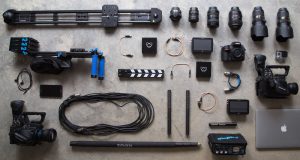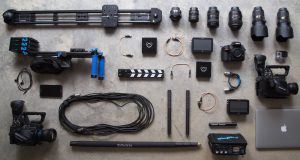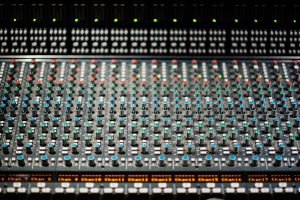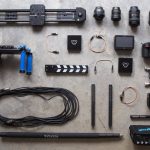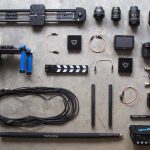RS-232 (ANSI/EIA-232 Standard) is the most widespread serial interface and it is used to ship as a standardcomponent on most Windows-compatible desktop computers. Nowadays, it is more frequent to use RS-232 rather than using a USB and a converter. One downfall is that RS-232 only permits for one transmitter and one receiver on each line. RS- 232 also employs a Full-Duplex transmission method. Some RS-232 boards sold by National Instruments support baud rates up to 1 Mbit/s, but most devices are restricted to 115.2 kbit/s. On one hand, RS-422 (EIA RS-422- A Standard) is the serial connection employed primarily on Apple computers. It provides a mechanism for sending and receiving data up to 10 Mbits/s. RS-422 sends each signal employing two wires in order to increase the maximum baud rate and cable length. RS-422 is also specified for multi-drop applications where only one transmitter is linked to and sends and receives a bus of up to 10 receivers. On the other hand, RS-485 is a superset of RS-422 and expands on the capabilities of that previous model. RS-485 was manufactured to deal with the multi-drop limitation of RS-422, letting up to 32 devices to communicate through the same data line. Any of the subordinate devices on an RS-485 bus can communicate with any other 32 subordinate or ‘slave’ devices without the master device receiving any signals. Since RS-422 is a subset of RS-485, all RS-422 devices can be controlled by RS-485.
Finally, both RS-485 and RS-422 have multi-drop capability installed in them, but RS-485 allows up to 32 devices and RS-422 has a limit of only 10 devices. For both communication protocols, it is advisable that one should provide their own termination. All National Instruments RS-485 boards will work with RS-422 standards.

